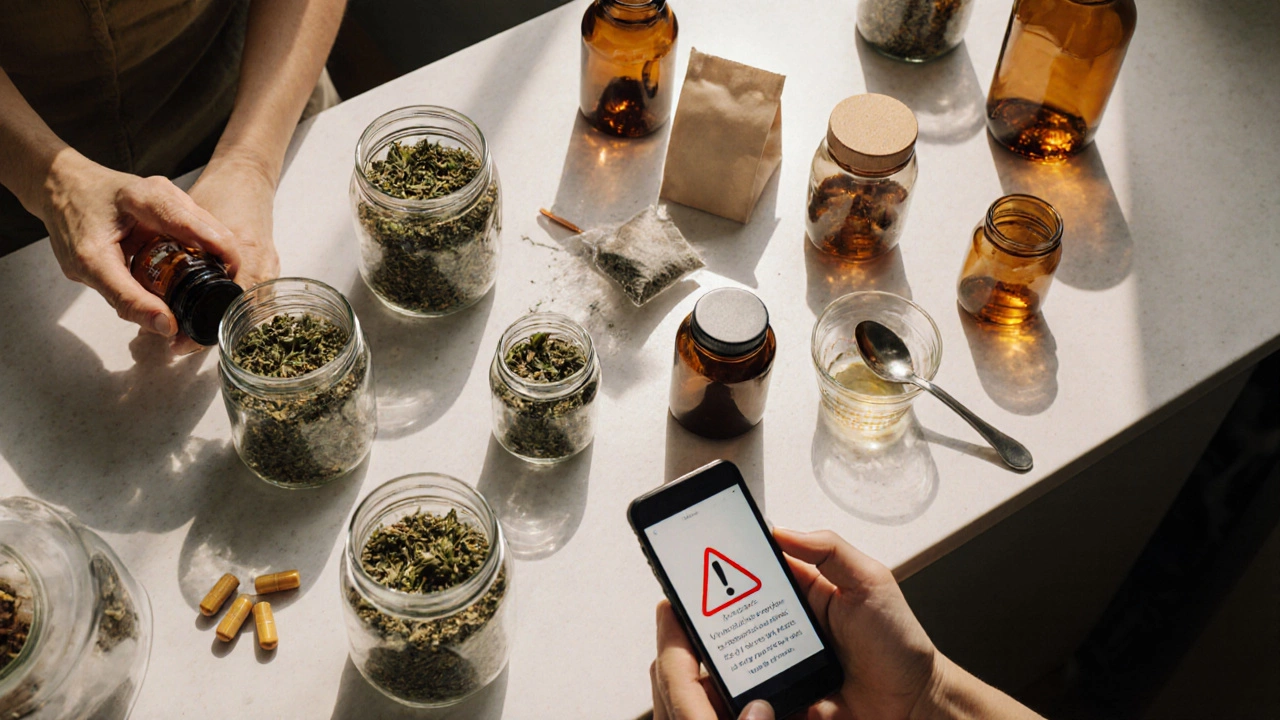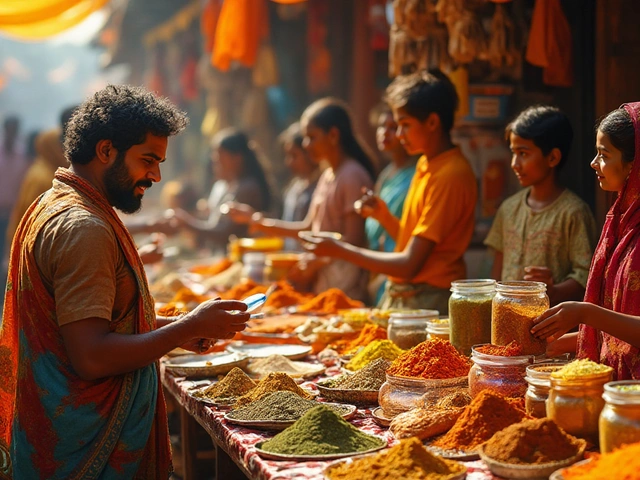Supplement Safety: What You Need to Know Before You Buy
When talking about supplement safety, the practice of ensuring that any product you consume—whether a vitamin, herb, or traditional formula—is free from harmful contaminants, accurately labeled, and supported by credible research, you’re dealing with more than just a label. Also known as dietary supplement compliance, it draws on standards set by agencies like the FSSAI in India and the FDA abroad. Two key players in this space are herbal supplements, plant‑based products that promise natural benefits but can vary wildly in purity and Ayurvedic medicines, traditional formulations that blend herbs, minerals, and sometimes animal products, often without modern testing. Understanding how these entities intersect helps you avoid the pitfalls that many consumers fall into.
Why Quality Matters: From Lab Tests to Real‑World Effects
First, supplement safety hinges on three attributes: authenticity, contamination control, and transparent labeling. Authenticity means the ingredients listed actually match what’s inside the bottle. Contamination control covers heavy metals, pesticides, or microbial growth that can turn a “natural” product into a health hazard. Transparent labeling ensures you know the exact dosage, serving size, and any added fillers. For herbal supplements, third‑party testing (like USP or NSF) provides a verifiable checkpoint. In the case of Ayurvedic medicines, the Indian Pharmacopoeia outlines permissible limits for heavy metals, yet enforcement can be uneven. When a product meets these standards, it moves from a vague promise to a reliable tool you can incorporate into your wellness routine.
Regulatory standards act as the bridge between manufacturers and consumers. In India, the Food Safety and Standards Authority (FSSAI) requires manufacturers to submit safety dossiers, but the system relies heavily on self‑reporting. Meanwhile, abroad, the FDA’s Dietary Supplement Health and Education Act (DSHEA) requires post‑market safety monitoring, meaning the onus is still on the buyer to verify quality. This difference explains why many Indian consumers seek international brands for perceived higher safety, even though local companies are stepping up with better lab certifications. Knowing where a product stands on this regulatory spectrum empowers you to pick items that align with your risk tolerance.
Consumer awareness is the third pillar. Simple habits—checking for batch numbers, reading third‑party test results, and cross‑referencing ingredient names with reputable databases—can dramatically reduce the chance of exposure to harmful substances. For example, a popular herb like ashwagandha may be steeped in heavy‑metal concerns if sourced from polluted soils. By verifying the source—whether it’s cultivated in certified organic farms or processed in GMP‑certified facilities—you add a layer of safety that most people overlook. The same logic applies to other herbs that can stress the kidneys, such as licorice root or certain diuretics; knowing the dosage limits and contraindications helps you avoid kidney damage.
All these elements—authenticity, regulation, and awareness—form a network of checks that define true supplement safety. When you understand how they relate, you can filter out the noise and focus on products that truly support your health goals without hidden risks.
Below you’ll find a curated collection of articles that break down each of these topics in detail, from how to read a supplement label to the latest research on Ayurvedic drug safety. Dive in to get practical tips, real‑world examples, and expert advice that will help you make safer choices every time you shop for supplements.





